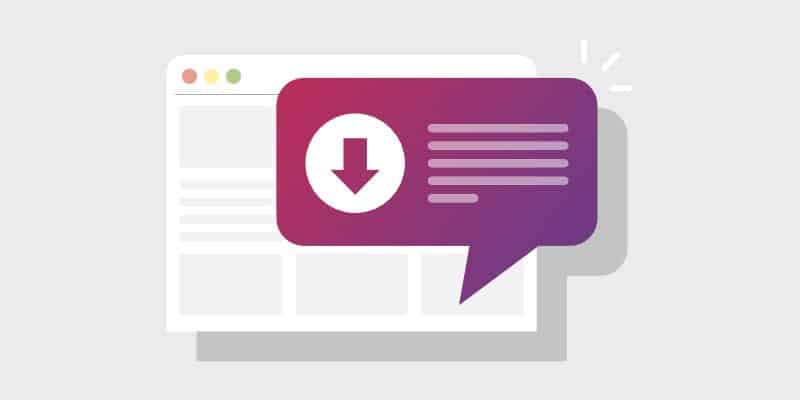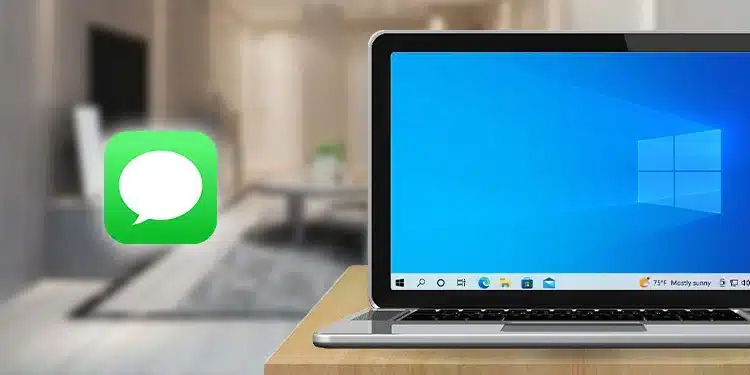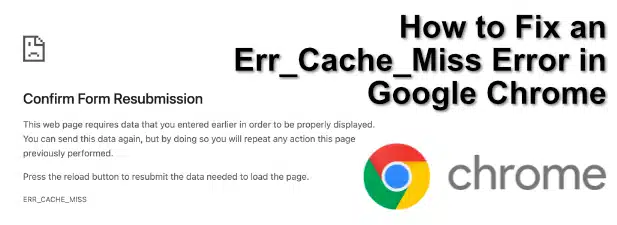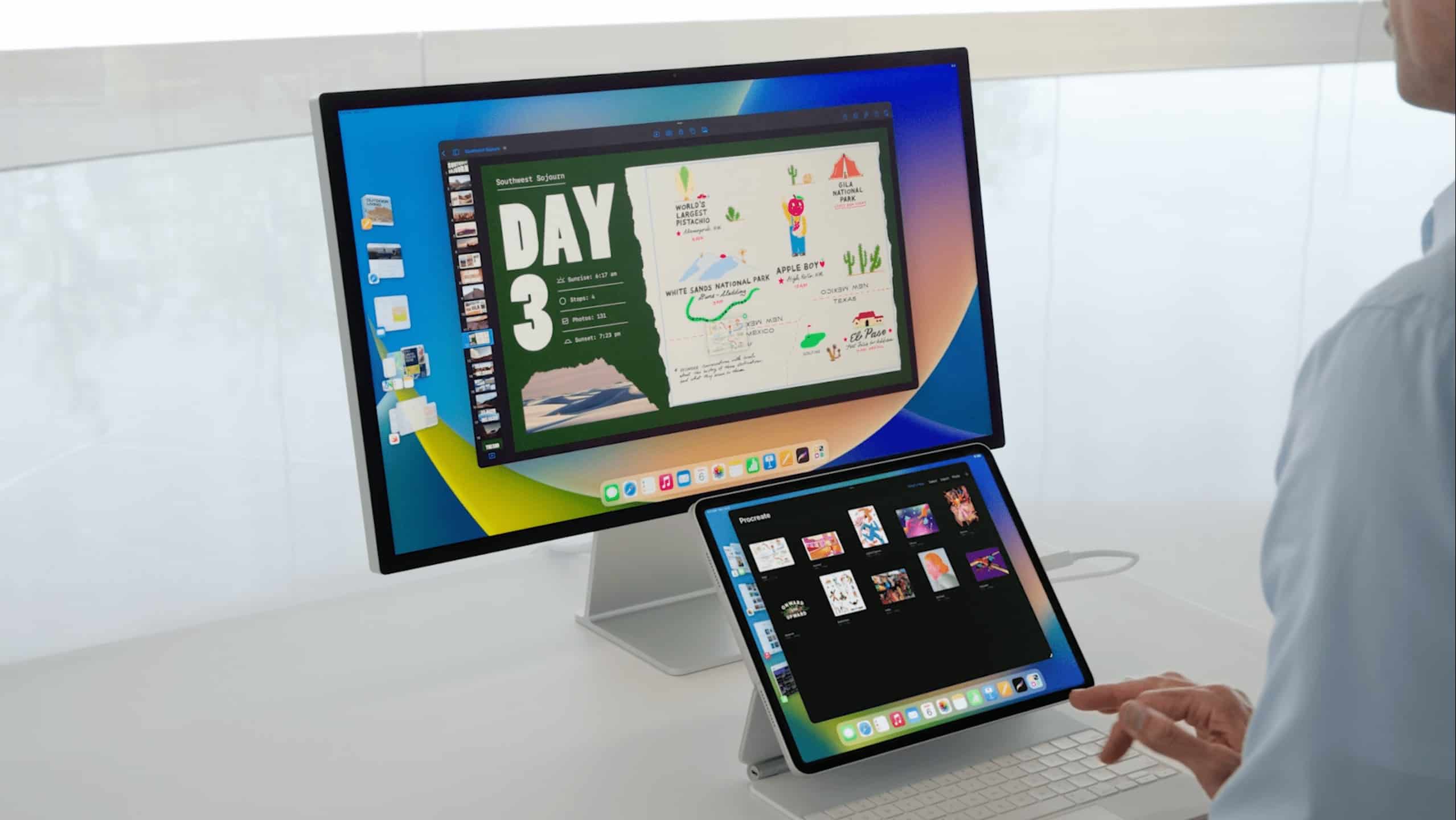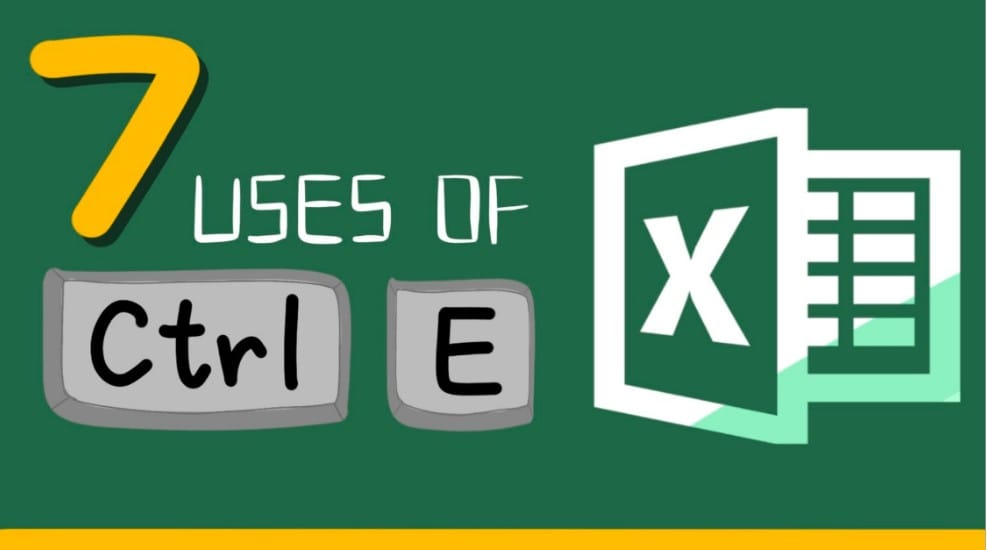The term “push notification software” is used to describe any software solution or platform that allows companies to deliver push alerts to customers’ smartphones. It has everything you need to create, manage, and send push notifications with ease, including the tools, infrastructure, and capabilities. Common capabilities ofpush notification software include the ability to compose and send customized messages to specific groups of people, as well as to schedule, automate, analyze, and report on push notifications. It enables companies to send out alerts to certain user groups depending on their characteristics (such as age, location, and browsing history) and customize the content for each group.
The software may be seamlessly integrated into the app or website, facilitating two-way contact between the company and its customers. It takes care of sending push notifications and making sure they arrive on time and reliably at their destinations. In addition, most push notification platforms provide reporting and analytics tools to help you gauge your campaign’s success and make adjustments for the future. It might provide split testing options to compare two versions to see if one produces better results in terms of user participation. In conclusion, push notification software equips companies with the means to efficiently use push notifications as a communication channel, hence attracting, retaining, and re-attracting people.
Software’s scalability to accommodate the growth of the user base and increasing demand for notifications
Push notification software’s scalability might differ from one supplier and their infrastructure to the next. However, there are a number of reliable push notification software options that are built to scale with your user base. Some things to think about while deciding how well the program can scale are as follows:
-
The servers of reputable push notification software vendors are well-equipped to manage high notification volumes. They utilize load-balancing methods, scalable databases, and distributed systems to keep everything running well despite a huge increase in users.
-
Message queuing systems, which can effectively process and deliver alerts to a large number of devices, may be used by the program to manage high notification volumes. This prevents the system from being overloaded while yet ensuring timely notice delivery.
-
Push alerts may be sent to an unlimited number of users in a flash with the help of scalable software. As your user base increases, the need for alerts will increase, and your infrastructure will need to be optimized for high-speed delivery to keep up.
-
Scalable push notification software enables precise user targeting and segmentation. Notifications should be given to the correct people based on their preferences, habits, or other characteristics, and the system should be able to accommodate a huge user base.
-
Software companies that can scale well keep a close eye on their infrastructure, examine performance indicators and make adjustments as needed so that they can take on more users. Even during times of heavy notification demand, this guarantees a smooth experience for both companies and consumers.
Notification push software vendors should be evaluated based on their scalability, so be sure to ask about it. Knowing how their servers work, how messages are queued, and how they’ve dealt with notification overload in the past is essential. If you want your program to keep up with your expanding user base and an ever-increasing need for alerts, you need to choose a scalable solution.
